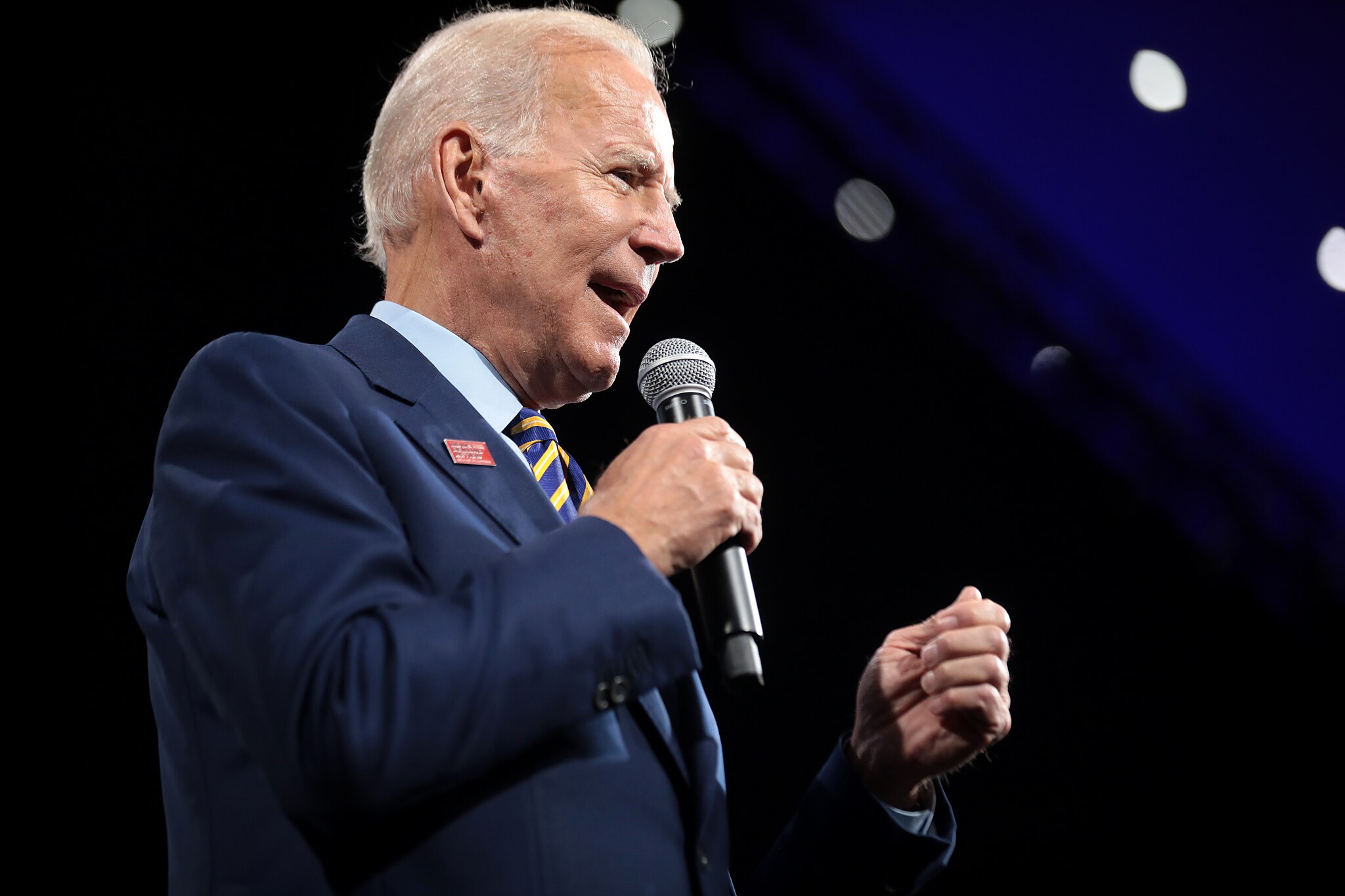Biden will work for everyone except the American people.
Freshly obtained images shared by Fox News Digital provide insight into the Biden administration’s proposed identification system for undocumented immigrants. These images shed light on the government’s effort to establish a means of tracking the influx of migrants being released within the United States.
According to Fox, last year, Fox News, in conjunction with other media outlets, reported on the ICE Secure Docket Card program. This program, as described by Immigration and Customs Enforcement (ICE), is aimed at modernizing the various forms of documentation provided to noncitizens released on a provisional basis. The goal is to replace these inconsistent documents with a uniform, verifiable, and secure card.
When migrants arrive at the border unlawfully and are not immediately removed but rather released into the country’s interior, they are typically provided with various documents tailored to their specific circumstances. The images reveal a card featuring space for a photograph, a QR code, identifying information, security features, and the ICE logo in the upper left corner.
ICE has outlined that this ID card will include a photograph, biographical details, and state-of-the-art security measures. The intention is to enhance the existing paper-based forms, which often deteriorate quickly in real-world conditions. ICE has noted that the program is still in the developmental stage and will be subject to potential expansion following the pilot phase.
This card is envisioned to serve multiple purposes, including check-ins and scheduling of meetings with ICE. The agency hopes that it will facilitate quick verification of an individual’s identity and deportability in the field. However, the program has raised concerns among conservatives who view it as part of a broader agenda that favors welcoming rather than removing those residing in the country without legal status.
RJ Hauman, President of the National Immigration Center for Enforcement (NICE) and a visiting advisor at the Heritage Foundation, voiced these concerns, emphasizing that ICE’s mission is law enforcement, not the provision of social services. Hauman questioned the direction of these open-borders and anti-enforcement initiatives and urged Congress to intervene.
Similar apprehensions were expressed by lawmakers on the House Oversight Committee last year. They worried that this initiative could incentivize illegal immigration by rewarding those who break the law. Concerns were also raised about the security implications of QR codes linking to court documents and the potential diversion of significant taxpayer resources from immigration enforcement.
ICE has defended the program, asserting that the ID will not serve as an official federal identification document and will exclusively be used for Department of Homeland Security (DHS) agencies. They argue that transitioning to a secure card will yield cost savings, resource efficiency, and rapid access to immigration documents for DHS officials, all while reducing the FOIA (Freedom of Information Act) backlog. For provisionally released noncitizens, the digital modernization will ensure ongoing access to essential immigration documents through the secure card and a connected portal.
This initiative represents one of several measures undertaken by the administration to address the ongoing border crisis, which has displayed signs of escalation in recent times. Border officials have been overwhelmed as migrant numbers surged throughout August and September, leading to street releases of migrants in Tucson and San Diego.
On a recent Wednesday, a large group of predominantly Venezuelan migrants gathered in Eagle Pass, Texas, seeking processing and release into the United States. Critics attribute the crisis to the administration’s policies, including its narrowing of enforcement priorities for ICE. In response, the administration contends that Congress must provide additional funding and reform the immigration system, which they describe as “broken.”
